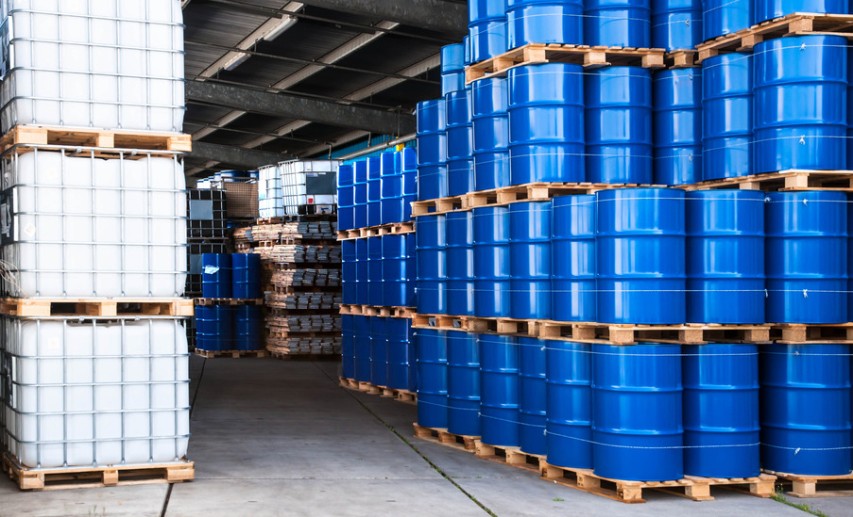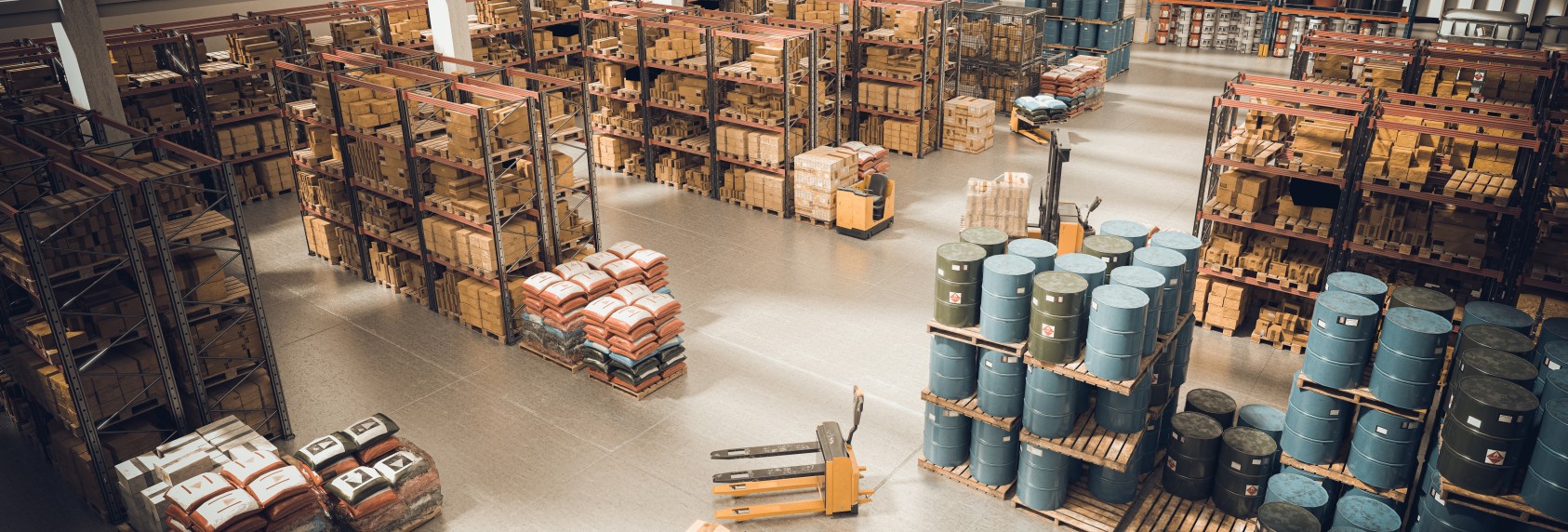24 September 2024 | Information
Downloads
-
Packaging Traceability
PDF | 511 kB | Version as of: 06 November 2024
A QR code helps to identify packaging.

The VPA 9 packaging testing and execution guideline was developed by a project group of the “Packaging Logistics” expert committee as a common chemical standard for the traceability of packaging. The aim is to quickly and clearly identify empty and filled packaging using a QR code. Using the code brings the chemical industry one step closer to digitalization.
The QR code contains information about the packaging such as production date, time and plant. The code is encoded in accordance with the international GS1 standard and applied by the manufacturer using an adhesive label. In the current version of VPA 9, traceability is initially planned for steel drums and intermediate bulk containers. If the process proves successful, the project group may extend the standard to other packaging materials.
Advantages of the traceability of packaging materials
Applying the code not only enables tracing pharmaceutical, food and animal feed packaging (as is legally prescribed), but also, for example, fulfilling the quality requirements (IATF) of the automotive industry. Using the code also makes it easier to comply with the maximum permitted period of use for rigid plastic hazardous goods packaging. Companies can use the code to carry out a plausibility check before each filling. In the event of quality defects in empty or already filled packaging, the code makes it easier to quickly identify the affected packaging. The application of the VPA guideline by companies is voluntary.
Contact
For questions or suggestions, please feel free to contact us.

Sonia Pastore
Normung, Managementsysteme, Rücknahmesysteme, Tests und Kriterien (Gefahrgut), Verpackung
- E-mail: pastore@vci.de
